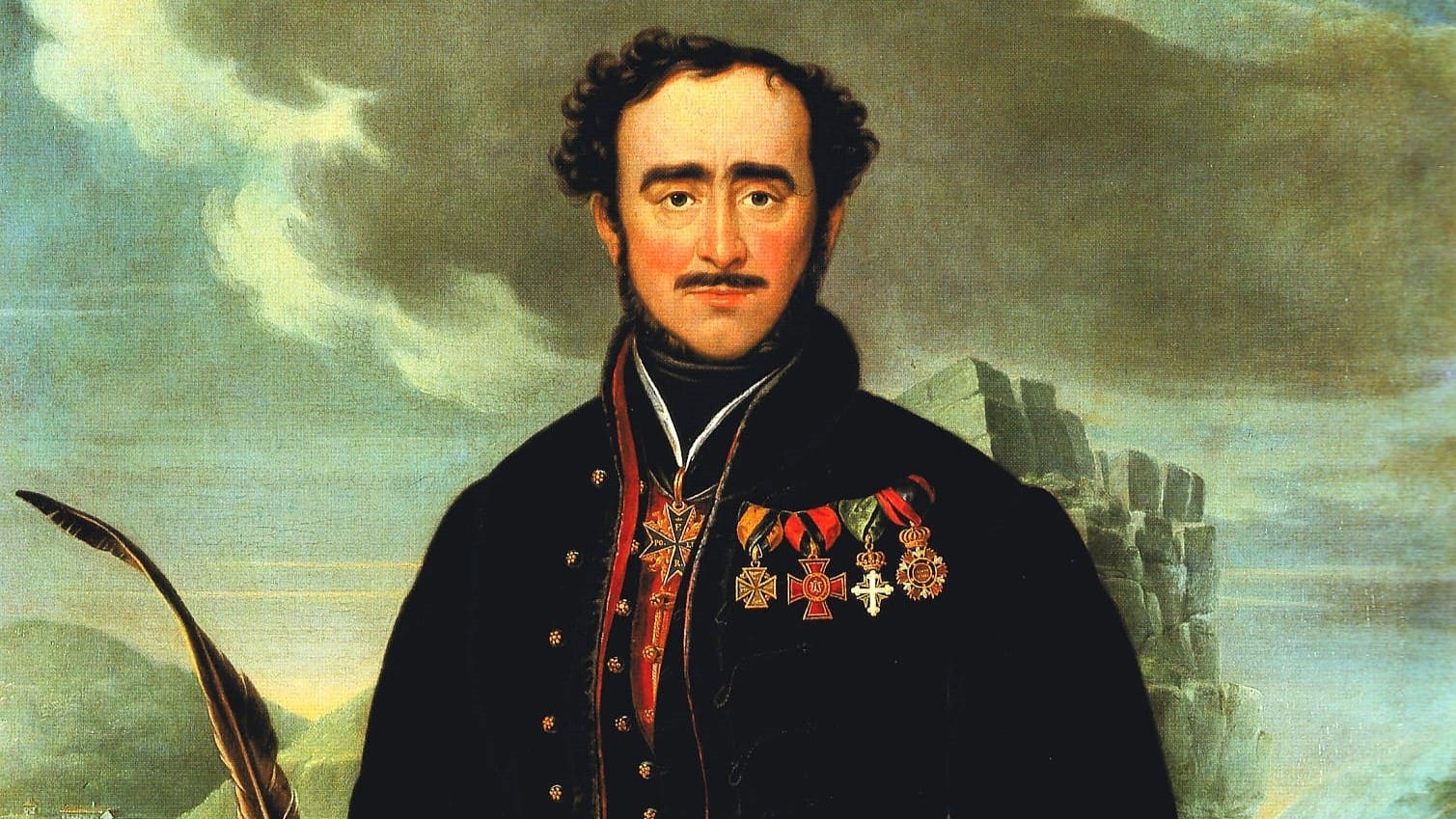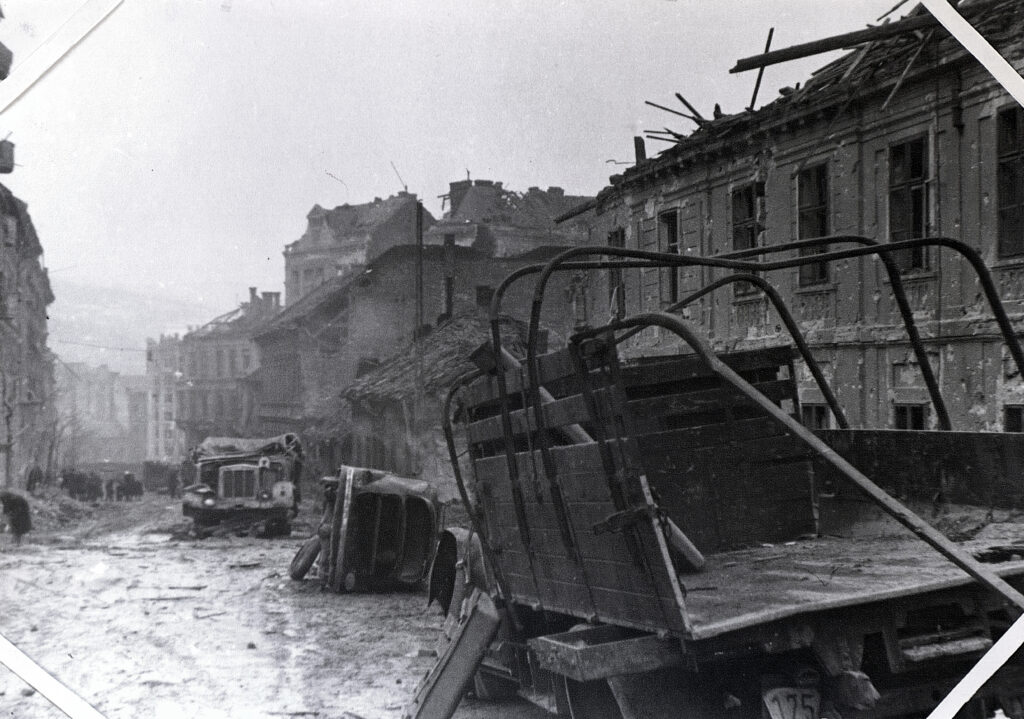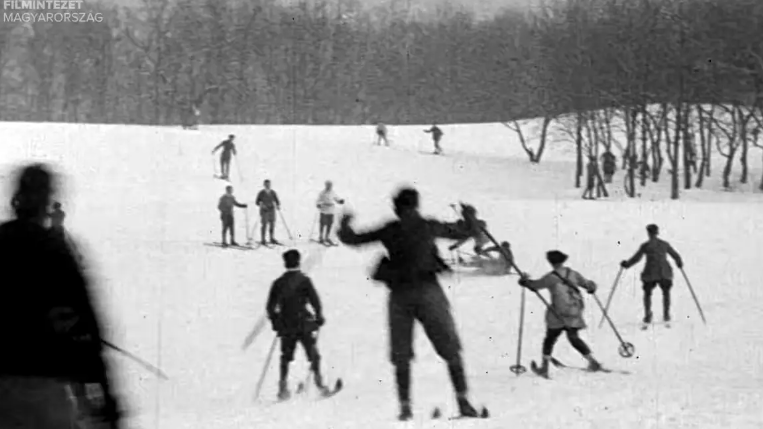When we think about great heroes who have achieved spectacular deeds, we tend to think about military leaders. The mind quickly conjures up names such as Alexander the Great, Julius Caesar, Hannibal of Carthage and Napoleon Bonaparte. Yet we would do well to consider whether attacking and conquering other nations should be regarded as a yardstick for ‘greatness’. From a conservative perspective, there is nothing great about intervening in the affairs of other nations and prescribing to others how they ought to live their lives and how they ought to think about how their communities should define the good life.
In this, as in many other things, the Hungarian approach has been somewhat upstream. Count István Széchenyi is generally regarded as ‘the Greatest Hungarian’. What is remarkable about his life—and the fact that the Hungarians so often refer to him as ‘the greatest’—is that he wasn’t a warrior in the first place.
What makes Széchenyi so unique was that he was a builder.
In the newly published documentary film Boers in Carpathia, we discuss the distinctiveness of Hungarian culture and tradition. This topic is approached by drawing certain parallels to the Afrikaners (or the Boers) of South Africa. And there are surprisingly important parallels, as extrapolated in the new book by Ilze Nieuwoudt, Relations between Afrikaners and Hungarians, 1652–2023. One of the central parallels is the significant emphasis that is placed on building as the road to greatness. This is aptly captured in the slogan of the current-day (Afrikaner) Solidarity Movement: Ons sal self (we will do it ourselves). This slogan has become our motto for recognising that we cannot wait for the government to solve our problems, and that the solution lies in community institutions. But before I comment on the observations of the Afrikaners, allow me to say a few words about our conception of the greatness of István Széchenyi.
The Greatness of István Széchenyi
Széchenyi has left an indelible mark on the development of Hungary—to such an extent that it is difficult to imagine contemporary Hungary without him. His contribution was through innovative initiatives—especially development projects—and reforms to transform the country during the 19th century. As a leading figure in the reform movement, Széchenyi played a key role in modernizing Hungarian society, infrastructure and the economy. He did this not by turning his back on Hungarian culture and tradition, but by embracing it and seeking to preserve what the Hungarians have inherited from their ancestors for their descendants.
Széchenyi embraced Hungarian culture and tradition, and sought to preserve what the Hungarians have inherited from their ancestors for their descendants
One of his most notable achievements was the establishment of the Academy of Sciences, which laid the foundation for accelerated scientific and cultural development in Hungary. Through this initiative, he was particularly motivated to encourage the use and development of the Hungarian language. He initiated the construction of the first permanent bridge over the Danube, the legendary Chain Bridge, which united Buda and Pest, foreshadowing their eventual unification. The bridge became a symbol of national development. He also spent a significant amount of time writing about his political ideas and the ways in which he thought about improving the prospects of the Hungarian people. He also spent a considerable amount of time and resources on the development of transportation infrastructure. Part of this programme was the regulation of the flow of waters of the lower Danube to improve navigation in order to open it to commercial shipping and trade from Buda to the Black Sea. He also established the Óbuda Shipyard on the Hungarian Hajógyári Island, which became the first industrial-scale steamship building company in the Habsburg Empire. These are only a few examples of the initiatives of István Széchenyi.
These achievements did not come easy, however. In fact, it required significant personal sacrifice. His dedication to the prosperity of the Hungarian people and his vision for a modernised, united nation sometimes put him at odds with certain conservative elements of Hungarian society, who viewed his ideas as too radical. These criticisms are marginal in contemporary Hungary, it seems. Such criticisms raise important points, however, as we should continue to have internal discussions about the benefits and risks of modernisation. As conservatives, we certainly ought to embrace modernisation. We should, however, reject ideological ‘modernisation’ which prescribes that the route to ‘progress’ lies through the rejection of tradition. This is not progress, but regress.
Opposition to Széchenyi’s ideas did, however, take their toll, bringing a degree of isolation. Many of his projects were financed out of his own pocket. In fact, he dedicated his annual income to the establishment of the Academy of Sciences. Despite a fair degree of turmoil, Széchenyi’s legacy endures as a testament to his sacrifices and his unparalleled contribution to the development of Hungary.
There are some important lessons to be learned from this. Further than the obvious lessons about the importance of development and modernization, we can also learn from Széchenyi’s story that even those who made the greatest contributions were not without criticism. Surely, we can point to certain things that Széchenyi ought to have done differently—he was human, after all. We can debate such things at length. We can also concede that such debates are not necessarily bad, as it sharpens the saw in the battle of ideas. Whether we debate such things or not, the point remains that his contribution stood the test of time.
Afrikaner Appreciation for Széchenyi
In 2021, the Afrikaner Solidarity Movement sent a delegation of representatives from different institutions within the movement to Hungary to establish ties with the Hungarian people. During this trip, the Hungarian–Southern African Friendship Association was established, with the aim of strengthening such ties and encouraging cooperation. The documentary and book I mentioned above are but two examples of initiatives that sprouted from this association. One important factor is an appreciation for Hungarian culture and history. In the last few years, Afrikaner leaders have drawn particular inspirations from heroic Hungarian tales such as the Battle of Eger and the great deeds of Hungarian heroes such as Hunyadi János and Kossuth Lajos.
We have come to learn that there is some (healthy) debate about the balance between fighting for freedom and building for freedom. This debate should not be regarded as a choice between two mutually exclusive paths, but rather as a pursuit to balance two necessary components of the same struggle. In a certain sense, we have learned Kossuth (or, as we call him, the Hungarian Paul Kruger) has become somewhat of a representative of the fight for freedom approach, while Széchenyi represents the build for freedom approach. The point is not to choose between Kossuth and Széchenyi, but to find the appropriate balance. What is so remarkable about this discussion from an Afrikaner perspective, is that it speaks directly to one of our main slogans: ‘veg en bou’ (‘fight and build’). When we say veg en bou, we mean that we have to fight against injustice in order to protect what is ours, but at the same time, we ought to develop our own institutions to strengthen our ability to take care of our communities. The one cannot succeed without the other, but we particularly have come to learn that
even though fighting seems more heroic, fighting without building does a disservice to our descendants.
Therefore, as Afrikaners, we are now more than ever reminded of the greatness of Széchenyi – and especially the fact that he has achieved greatness not through conquering, but through building. We are also reminded of the fact that we ought to always work to find the balance between spending energy to fight against external threats (of which there are many in South Africa, just as in Hungary) and building institutions to preserve what we have inherited from our forefathers who have already passed away, for our descendants who have not yet been born.
We trust that, even though our future paths are not always certain, there is much opportunity for cooperation and mutual learning between our different communities. This is, after all, the conservatively responsible thing to do!







